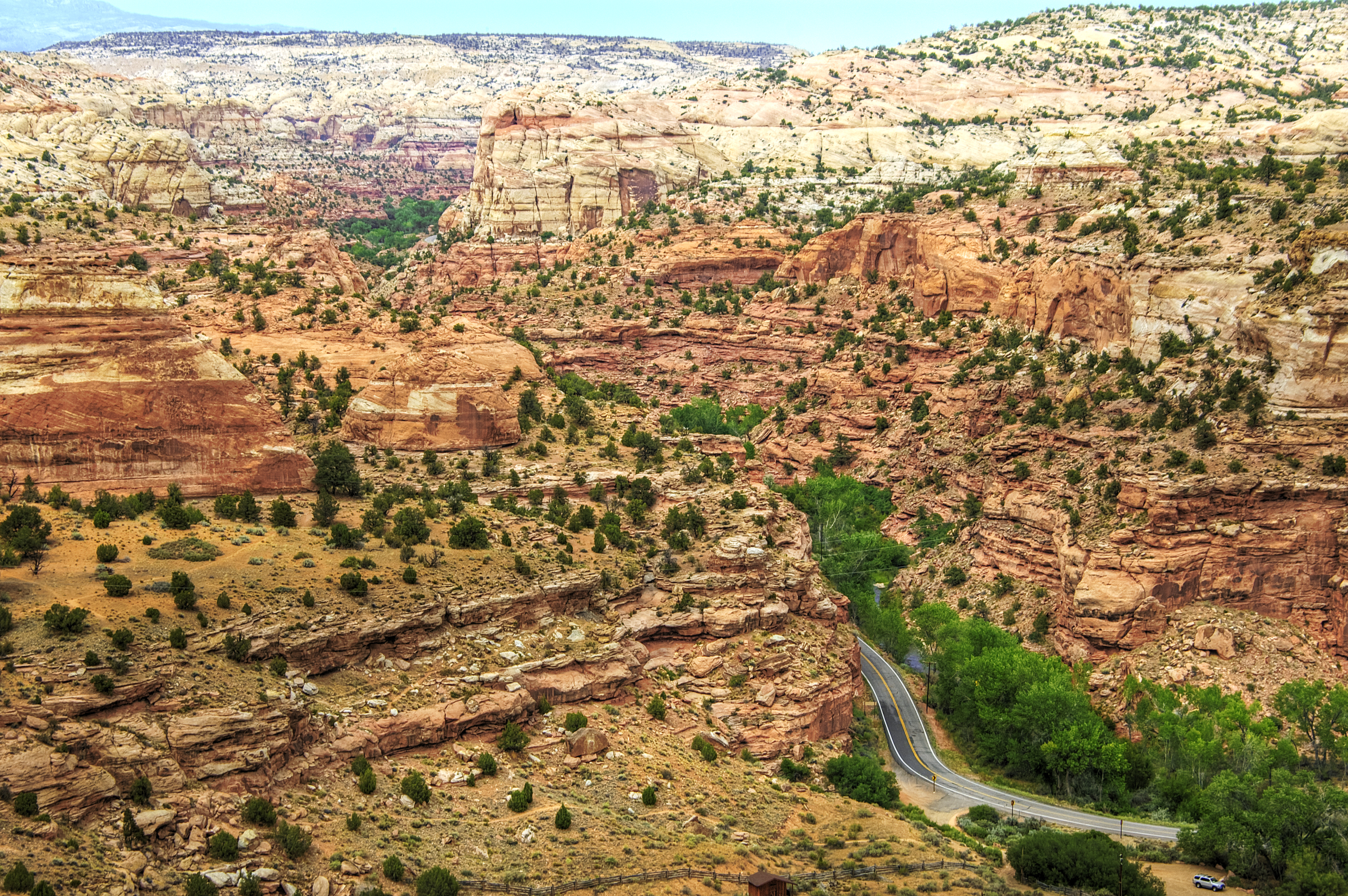After the president acts on Zinke’s review and the wilderness-hungry environmentalists hike into courtrooms, Congress should go to work reforming legislation in ways that return land management to federal and state professionals. Teddy Roosevelt did this when he appointed Gifford Pinchot to run the newly created U.S. Forest Service in 1905. Pinchot was a professional forester who knew how to manage trees. Federal lands included in Bears Ears and other national monuments need management by local people on the ground , not by judges in black robes.
Terry Anderson
Property and Environment Research Center (PERC)
Land of Many Uses or No Uses?
Secretary of Interior Ryan Zinke recently submitted his report to President Trump reviewing national monuments created over the past 25 years. Mr. Zinke was asked by the president to decide whether monument designations should be rescinded or reduced in size. Especially in the crosshairs of the review were Bears Ears, created by President Obama in 2017 at 1.35 million acres—half the size of Yellowstone—and Grand Staircase-Escalante, created by President Clinton in 1996 at 1.9 million acres—bigger than Glacier.
Though his report has not been made public, it is likely to recommend reducing both of these monuments, with speculation that Bears Ears could be reduced to 160,000 acres. All of the monuments under review were created under the Antiquities Act passed in 1906 to protect prehistoric Native American antiquities. At issue in Zinke’s review is the phrase in the act limiting designations to “the smallest area compatible” with “the protection of objects of historic and scientific interest.”
In the case of Bears Ears, Grand Gulch contains some magnificent cliff dwelling antiquities definitely worth protecting. The size of the “Grand Gulch Primitive Area” is 37,850 acres. To be sure there are other antiquity areas within Bears Ears, but they don’t amount to 1.35 million acres.
From the reaction of many environmental groups to Secretary Zinke’s review, you would think antiquities will go unprotected. For example, a $1.4 million advertising campaign says “Mr. Secretary, don’t turn your back on Roosevelt now.” According to Land Tawney, president of Backcountry Hunters and Anglers (BHA), the organization sponsoring the ad campaign, “Our national monuments have stood the test of time, and the present review could trigger a game of political football, leaving some of our most cherished landscapes in limbo.”
Indeed, national monuments have become a political football, and organizations like BHA are the punters. Several environmental groups and some Indian tribes say they will sue to stop any recommended reductions, thus punting the ball to judges who will decide how federal lands will be managed.
Similarly, endangered species decisions have become the domain of courts rather than of wildlife professionals. At the end of June, Zinke’s U.S. Fish and Wildlife Service determined that grizzly bear populations in the Greater Yellowstone Ecosystem had recovered enough to remove grizzlies from the threatened species list and turn management over to the states. In fact, grizzly numbers have risen from 136 in 1975 to more than 700 today, resulting in a density in the ecosystem greater than the estimated density of grizzly bears Lewis and Clark witnessed. Nonetheless, environmental groups filed suit on August 29 to stop the delisting.
Instead of letting professionals manage our lands and our wildlife, environmental groups want to create de facto wilderness areas where backpackers displace loggers, ranchers, and miners. They do this in the name of protecting public lands, suggesting that throngs of Patagonia-clad hikers — who demand new trails, climb rock walls with holes drilled in the rock for protection, and leave dozens of fire rings around popular lakes — do no damage. (This summer I camped at a lake 7 miles from the trailhead where stone fire rings were scarcely 50 yards apart built by previous campers wanting to demonstrate their wilderness skills.)
Groups such as Backcountry Hunters and Anglers jump on this bandwagon suggesting that huge national monuments are necessary for protecting “world class hunting opportunities.” According to Land Tawney, the “26 monuments under review belong to all Americans and must be sustained as well. An attack on one monument is an attack on them all.” Most of the monuments under Zinke’s review, however, have little or nothing to do with hunting, and where they do, the wildlife therein are managed well by state fish and game authorities.
After the president acts on Zinke’s review and the wilderness-hungry environmentalists hike into courtrooms, Congress should go to work reforming legislation in ways that return land management to federal and state professionals. Teddy Roosevelt did this when he appointed Gifford Pinchot to run the newly created U.S. Forest Service in 1905. Pinchot was a professional forester who knew how to manage trees. Federal lands included in Bears Ears and other national monuments need management by local people on the ground , not by judges in black robes.
A starting point would be to require approval by state congressional delegations of any national monument designated in their state. Let state wildlife managers have more say in whether grizzlies are removed from the endangered species list. Entrust Indian tribes with management of their antiquities as they already are with Canyon de Chelly National Monument.
Most of Bears Ears is under the purview of the Bureau of Land Management. It is time to return to the BLM motto—“land of many uses”—not land of no uses.
[paypal_donation_button]
Free Range Report
[wp_ad_camp_3]
[wp_ad_camp_2]




I wonder how those radical environmentalist would do out there in the wilderness when they meet up with a hungry Grisly Bear. I think some of the environmentalist are paid to do what they do by the likes of Georges Zoros. These environmentalist need to get educated, as letting them get ate by the bears would only increase the bear population and the bear population is already too high.